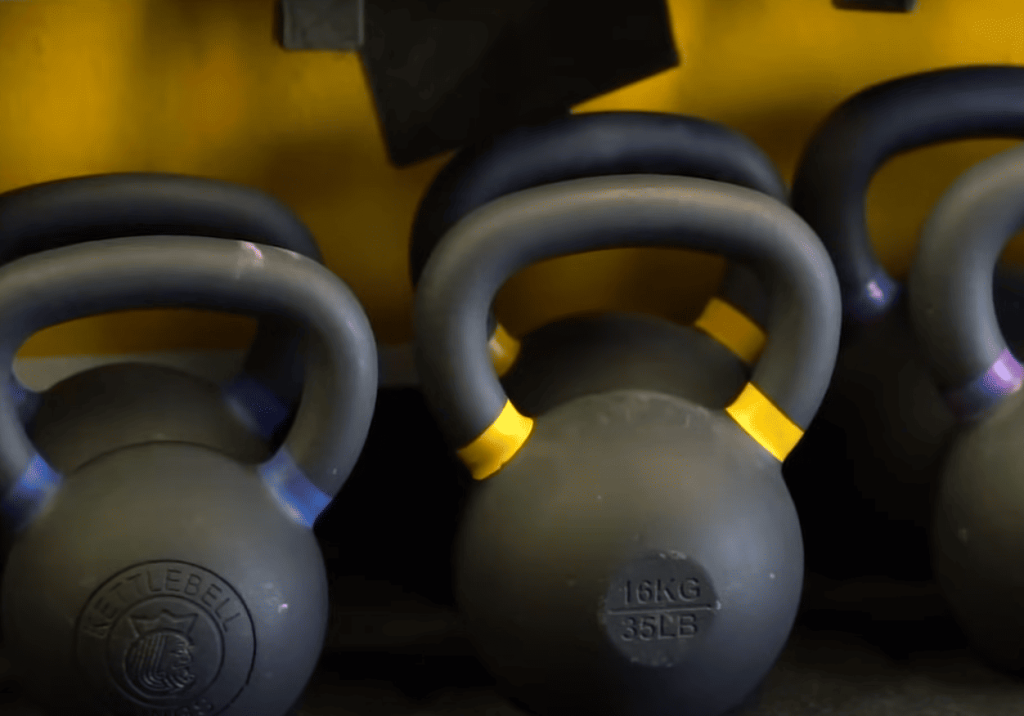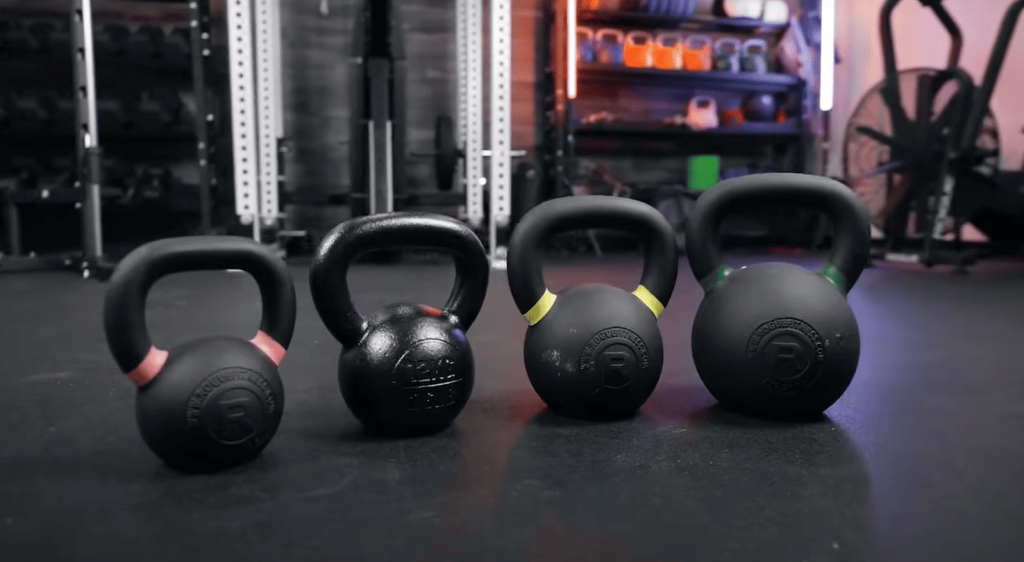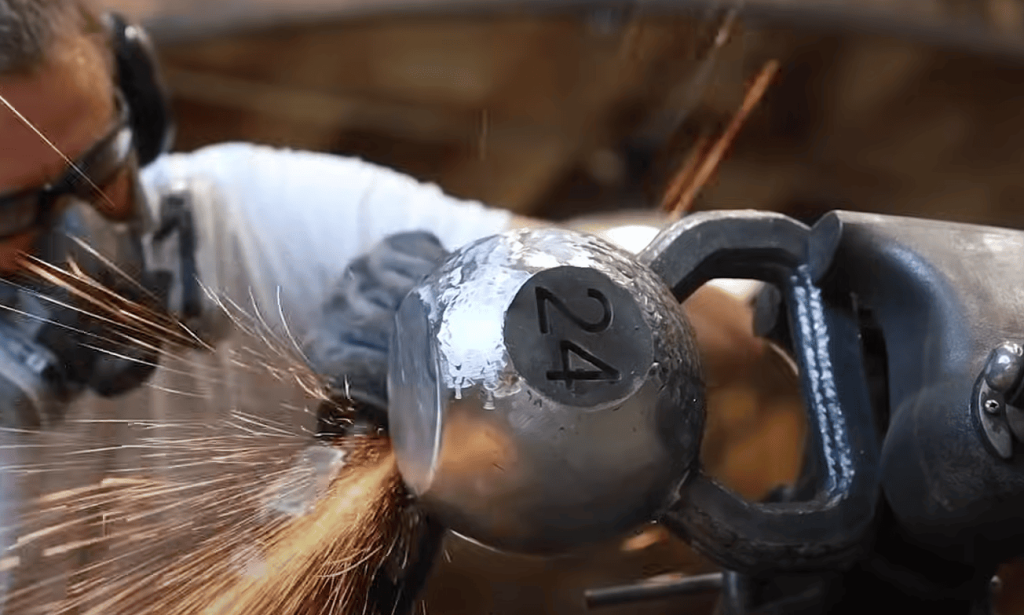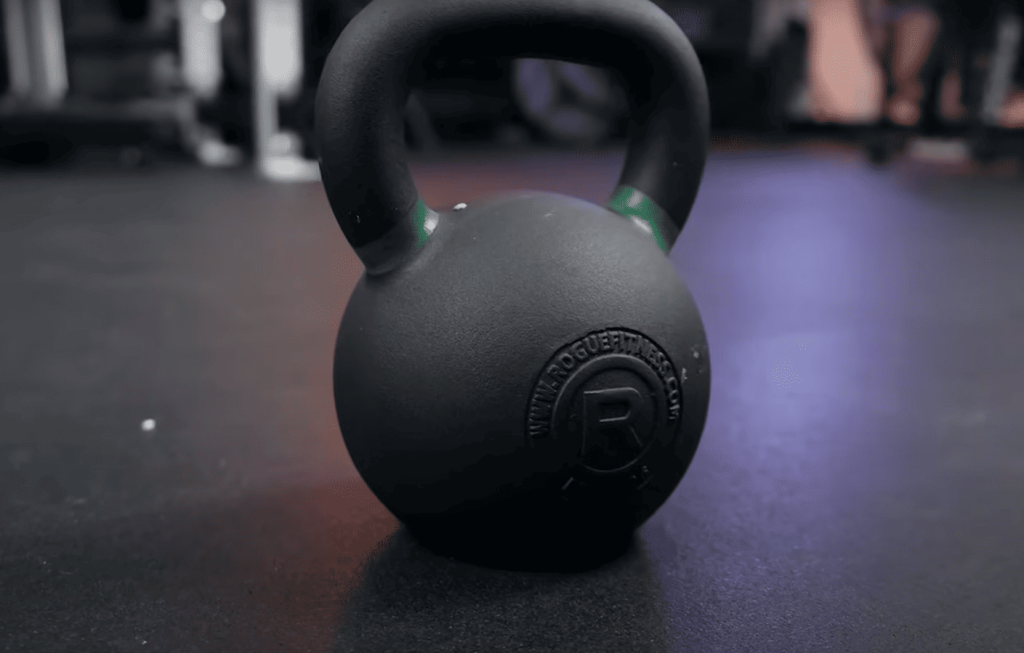Did you know a single dynamic movement can activate over 20 major muscle groups at once? This explosive exercise isn’t just about building power—it’s a precision tool for full-body conditioning. Let’s unpack how this popular training method transforms strength and coordination.
When executed properly, the motion creates a ripple effect from heels to fingertips. The driving force comes from the posterior chain—those critical muscles along your backside that fuel everything from sprinting to lifting groceries. Think of it as your body’s natural powerhouse.
But there’s more happening than meets the eye. While your glutes and hamstrings generate momentum, your core acts like a reinforced belt. It stabilizes your spine while shoulders and arms guide the weight. Even your fingers get in on the action, building endurance with every controlled motion.
What makes this exercise stand out? Efficiency meets versatility. Whether you’re aiming for explosive athleticism or everyday functional strength, understanding which areas get activated helps tailor your routine. Let’s dive deeper into the science behind the swing.
Key Takeaways
- Targets the posterior chain (glutes, hamstrings, lower back) for power generation
- Engages upper-body muscles including shoulders and upper back during control phases
- Activates core stabilizers to protect the spine and maintain posture
- Improves grip strength through sustained weight management
- Offers full-body engagement in one time-efficient movement pattern
Benefits of Kettlebell Swings
Imagine a workout that fires up your heart while building head-to-toe power. This dynamic movement bridges the gap between strength training and cardio, creating a ripple effect of advantages that extend far beyond the gym.

Heart-Pumping Conditioning
Your cardiovascular system gets a serious challenge with this full-body exercise. The explosive hip drive sends your heart rate soaring, similar to sprinting intervals. Research shows this approach burns 20% more calories than steady-state cardio while triggering an afterburn effect lasting hours post-workout.
Low-impact doesn’t mean low intensity. Your feet stay grounded, protecting joints while delivering sweat-drenching sessions. One study found participants torched 13-20 calories per minute – rivaling cycling at race pace.
Real-World Power Development
Every rep mimics life’s essential movements: lifting boxes, chasing kids, or hoisting luggage. That’s functional fitness in action. Your posterior chain becomes a coiled spring, while core muscles work overtime to prevent spinal collapse.
The efficiency factor shines here. In 10 minutes, you’ll engage shoulders, grip, and stabilizers most isolation exercises miss. Plus, the equipment needs are simple – just one compact tool replaces an entire weight rack.
Proper Form and Technique for Kettlebell Swings
Mastering the mechanics ensures safety and amplifies benefits. This dynamic exercise relies on precise hip coordination and full-body tension. When done correctly, it becomes a symphony of power transfer rather than a simple weight swing.
Step-by-Step Movement Breakdown
Start with feet planted slightly wider than hip distance. Grip the handle firmly with both palms facing your body. Your starting position sets the stage – shoulders packed down, gaze forward, and weight centered in your heels.
Initiate the action by pushing your hips backward like closing a car door. Let the tool swing between your legs as knees bend naturally. This isn’t a squat – think of folding at the hips while keeping your chest proud.
Explode upward by snapping your pelvis forward. Your glutes should fire like pistons, generating upward momentum. Keep your upper limbs loose – they’re merely connecting the weight to your powerhouse.
At peak height, your body forms a straight line from ears to ankles. Squeeze your abs tight as if bracing for a punch. This momentary pause locks in stability before the controlled return.
Guide the descent by hinging at the hips as the weight approaches waist level. Time your breath: inhale deeply on the drop, exhale sharply during the thrust. Maintain this rhythm to fuel continuous motion.
Pro tip: Film yourself sideways. Your shadow should show a clean hinge pattern without spinal rounding. Most beginners benefit from 2-3 sets of 12-15 reps to build muscle memory safely.
Mastering the Hip-Hinge Movement
Ever tried picking up a dropped pen without bending your knees? That awkward reach reveals why hip mechanics matter. This fundamental pattern separates safe, powerful training from injury-prone guesswork. When done right, it turns your lower body into a coiled spring.
Key Cues for Proper Hinge Mechanics
Start by imagining pushing your rear toward a distant wall. Your chest stays lifted like you’re wearing a medal. This isn’t a squat – knees stay soft but don’t collapse forward. Feel tension build in your hamstrings as you fold forward from the hips, not the waist.
The magic happens when you reverse the motion. Drive your pelvis forward like you’re shoving a heavy door shut. That explosive snap activates your glutes while protecting your spine. Beginners often confuse hinging with bending over – a recipe for back strain.
Try this drill: Stand facing a wall, toes six inches away. Push your hips back until your knees lightly touch the surface. If your nose hits the wall, you’re bending too much at the knees. This simple test builds spatial awareness for perfect form.
Remember: Your arms are just passengers here. Let them hang loose during practice reps. When you add resistance later, this foundation prevents overusing shoulders or straining your neck. Master the hinge first – power follows naturally.

Kettlebell Swings Muscles Worked
Modern lifestyles leave many crucial muscle groups neglected. The dynamic movement pattern in this exercise specifically targets these underworked areas through coordinated effort. Let’s explore how your body’s rear-mounted strength system becomes the star performer.
Posterior Chain: Glutes, Hamstrings, and Erector Spinae
Your posterior chain acts like a biological suspension system. When activated properly, it transforms into a kinetic spring. The glutes lead this charge – research shows they contribute 40% of the movement’s power during hip thrusts.
Hamstrings play dual roles here. They assist in explosive lifts while controlling downward momentum. Keeping legs straighter increases their engagement, creating natural resistance training.
Running parallel to your spine, the erector spinae work tirelessly. These muscles prevent spinal collapse like steel cables supporting a bridge. Proper alignment here reduces injury risks while enhancing force transfer.
Strengthening this chain offers practical benefits beyond the gym. Improved posture emerges as tight chest muscles loosen and weak back tissues strengthen. Daily activities like lifting packages or climbing stairs become effortless.
Balance matters too. Many exercises overemphasize front-body muscles. Targeting the posterior regions creates symmetry that protects joints and enhances athletic performance. This approach turns your body into a well-oiled machine rather than a collection of isolated parts.
Key Muscle Groups Activated During the Swing
While power originates from your lower body, your upper half acts as the command center. This dynamic exercise transforms your torso into a living weight vest, demanding constant teamwork between shoulders and midsection.
Upper Body Contributions: Shoulders, Trapezius, and Deltoids
Your shoulders become precision guides during each rep. The trapezius muscles work overtime, keeping shoulder blades pinned back like anchors. This prevents slouching and maintains proper alignment from ears to hips.
Front deltoids face a unique challenge. They control both the upward arc and controlled descent, similar to lowering a heavy grocery bag. Rhomboids between your shoulder blades engage during transitions, creating a stable platform for explosive hip drives.
Core Stability and Abdominal Engagement
Think of your core as nature’s weightlifting belt. Abdominals and obliques contract forcefully to prevent over-arching at the movement’s peak. This tension turns your midsection into a shock absorber, protecting vertebrae while transferring energy.
The real magic happens when upper and lower body work together. Your shoulders provide steering, while your core maintains structural integrity. This partnership allows maximum force production without compromising form – essential for both gym performance and everyday lifting tasks.

Common Mistakes to Avoid
Ever felt your shoulders burn before your legs during a workout? That’s your body waving a red flag. Proper technique separates transformative results from wasted effort – or worse, injury risks. Let’s explore how to sidestep pitfalls that sabotage progress.
Avoiding Rounding of the Back and Overuse of Arms
Back positioning makes or breaks this movement. Imagine balancing a glass of water on your lower spine – any rounding could spill it. This mistake strains discs and ligaments, turning a strength-building exercise into a ticking time bomb for injury.
Arms shouldn’t resemble tired windshield wipers. When elbows bend excessively, you’re hauling weight instead of harnessing momentum. Your shoulders weren’t designed to be cranes – let your hips drive the action while arms stay relaxed like ropes guiding the motion.
Knee dominance is another sneaky error. Excessive bending shifts focus to quads, bypassing the powerful posterior chain. Picture sitting into a chair versus closing a car door with your rear – the latter activates the right muscle groups for explosive power.
Speed demons beware: rushing through reps sacrifices control. The movement’s peak requires full-body tension, not reckless momentum. Quality over quantity applies here – each rep should feel deliberate, like snapping a towel with precision.
Weight selection matters more than ego. Too heavy? Form crumbles. Too light? Muscles yawn. Find the sweet spot where your hips fire explosively without compromising posture. Remember: proper breathing fuels each rep – exhale sharply during the thrust, inhale deeply on the reset.
Selecting the Right Kettlebell Weight
Ever wonder why some workouts feel too easy or too hard? The secret often lies in matching your strength to the proper resistance. Choosing equipment that challenges without compromising form turns good exercises into great results.
Smart Progression Strategies
Newcomers should start with 15-25 pound options for women and 25-35 pounds for men. This range lets you focus on hip mechanics rather than fighting gravity. Treat lighter weights as your movement coach – they reveal flaws before adding intensity.
Your final reps should feel demanding but controlled. If shoulders fatigue first or your back arches, reduce the load. Quality repetitions build strength safely while heavy, sloppy ones invite injuries.
Advance gradually – add 5-10 pounds every 3-4 weeks once movements feel automatic. Most enthusiasts thrive using 25-50 pound kettlebells for regular training. Remember: mastery always precedes magnitude.
Advanced practitioners might test heavier options, but the core principles remain. Whether using 35 or 70 pounds, your hips should drive the action. The right weight makes you stronger, not sore.


